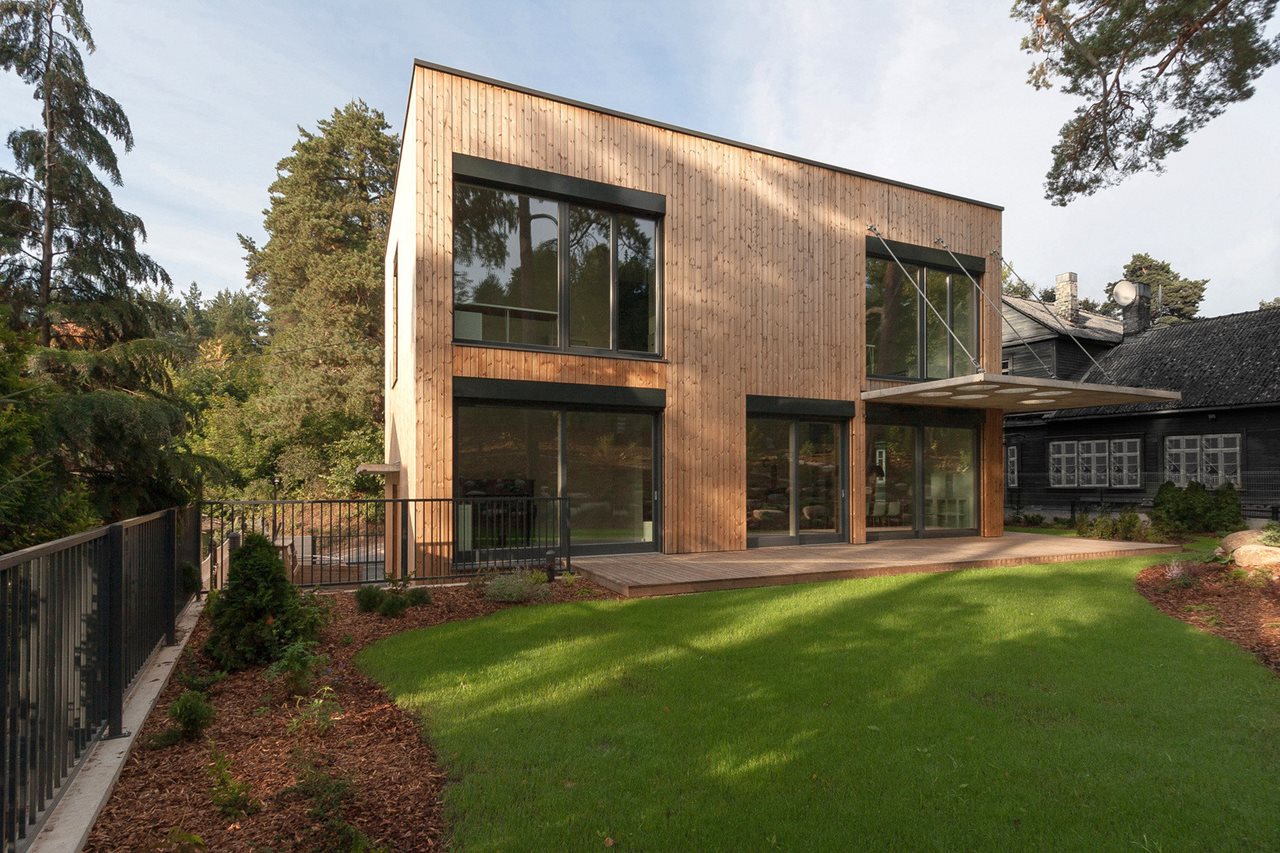
Maison Ossature bois Transilvanie
LE BOIS C'EST LA VIE
Maison Ossature Bois Transilvanie
Our Services :
Under construction.
Organic isolation
There are three major families of organic insulation categories : those derived from animal production, vegetable and finally mineral isolation. Different isolations are listed below: origin, efficiency, use, advantages, disadvantages, costs.
Sheep wool
Sheep wool production comes mainly from sheep’s wool, which is not suitable for the textile industry. This fleece can be used as an alternative to mineral wool insulation of roofs and floors. Wool has a high insulation value (0032-0041). In addition, it perfectly absorbs excess moisture (absorbing up to 33% by weight to condensation), which will be removed without affecting the insulation of the drying capacity. Wool sheep must be prepared before use. It is essentially successively rinsed and washed to clean it of dirt, anti-mite and fire.
Density (kg/m3) 600 gr, 1000 gr, 1200 gr
Thermal conductivity W / m ° C (e) 0032-0041
Water vapor permeability (m) 1-2
Absorbent capacity of up to 33% by weight
Price: between 10 and 20 Euro per sqm
Advantages: Good quality / price
Fire resistance
No rot
Humidity controller
Feather wool
Feather wool isn’t used alone, it must be mixed with sheep’s wool and textile fibers fused providing bonding and mechanical strength of the product over time. This mixture has the advantage of having good thermal insulation (0040-0042) and good tolerance to moisture. Like sheep wool, feather wool should be cleaned and treated antibacterial.
Disadvantages: higher price than sheep wool (20 to 25 euros per sqm)
Hemp
Hemp is a fast growing species whose culture respects the environment due plants resistance witch makes the using of pesticides to be less common. During the manufacturing process, the addition of chemicals isn’t necessary. Hemp is used for thermal insulation of roofs, walls and floors. Is very suitable to use in wet conditions. Hemp has a thermal conductivity equivalent to mineral wool (0040-0046). Because of its rigidity, is particularly suitable for thermal and acoustic insulation of walls and partitions. More hemp does not rot and does not contain anything likely to affect the environment. It is found in the form of semi-rigid panels or fleece. Organic hemp replaces traditional glass wool or rock wool.
Thermal conductivity for hemp fiber 04 W / mK
Sound Absorption: CDR (A) = 48 to 80 mm
Water vapor permeability: μ = 1-2
Price: between 10 and 20 Euro per sqm
Advantages: fight off rodents
Cork
Cork comes from the bark of the cork oak, a Mediterranean tree species. This resource have vegetal origin , therefore, is renewable, but the slow recovery of the shell (ten years) makes it a fragile resource.
Cork is considered one of the best insulators with a lambda 0032-0045. It can be used for thermal and acoustic insulation of walls, partitions and floors. Like hemp, cork can be found (in expanded form) in granules for release under roofs or floors, double wall … hard shell is not directly usable. Must first be cleaned and passed through an autoclave at 300 ° C for extracting suberin which are to be used to make the sheets.
Price: 20-40 euros per sqm
Disadvantages: Quite expensive
Low permeability to water vapor
Cellucotton
Comes from recycled newspaper or printed paper.
Paper is first soaked and then treated with borax and silicate to protect against fire and pests (insects, mold, rodents). It exists in two forms: bulk and plate.
Bulk is used by injection molding or blow, to be placed on the floor or in addition to the floor and into partitions. Cotton cellulose has an excellent lambda 0038-0040 identical to that found in mineral wool. In addition, cellucotton is guaranteed fireproof fire. Their isolation properties come from the fact that fiber include not only air between fibers, but inside fibers also.
Price: 10 to 40 euros per sqm
Advantages: Fireproof
Performance against heat
Flax
Flax is a secondary product of agriculture, is grown in the north-west of France. Culture requires little fertilizer and pesticides, which minimizes the impact on the environment. They are short fibers, which aren’t used for the textile industry, but are used in the preparation of semi-rigid panels and rolls. The latter, however, are not entirely natural, because the mixture with plastic fibers.
Thermal conductivity is higher than that of hemp with a lambda 0037-0038, a good sound insulation (55 dB), and good wet ability because the wool can absorb 10 times as much water as glass wool. It also has a good resistance to fire.Flax is suitable for thermal insulation of walls or roofs. It is particularly suitable for wooden structures to isolate the rafters and beams.
Price: 8 € 30
Advantages: Good quality / price
Cellular glass
Cellular glass comes from recycling operations or from sand exploitation witch comes from natural environment. The main raw material seen today comes from recycling of flat glass, recovered from broken vehicles or windows. Recycled glass is about 70%. After burning the raw material carbon is added in small quantities, which will lead to an end carbon dioxide.
This remain the prisoner of micro cells during cooling process. This will provide cellular glass insulation properties.
This insulation has a good thermal performance with lambda between 0.035 and 0.048. It also has an excellent moisture resistance. Finally, it is completely fireproof.
Price: between 35 and 45 Euro per sqm
Advantages: Very good thermal insulation
Good resistance to moisture
Fireproof
Disadvantages: higher price, less environmentally












